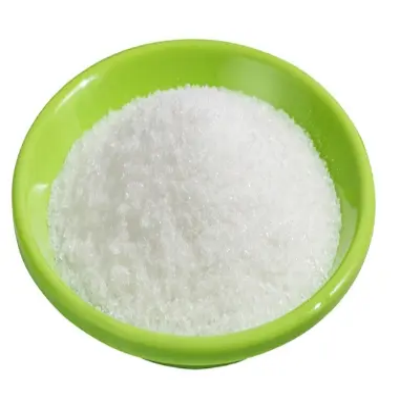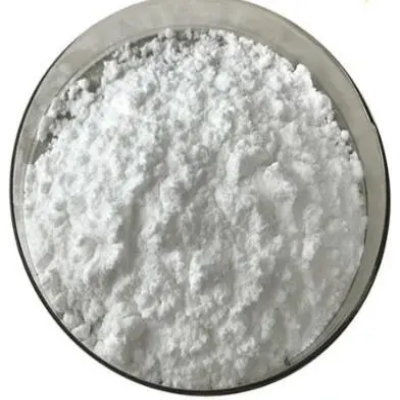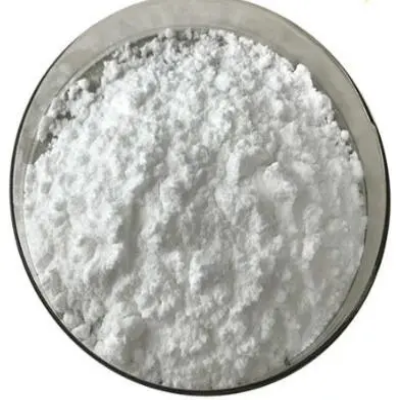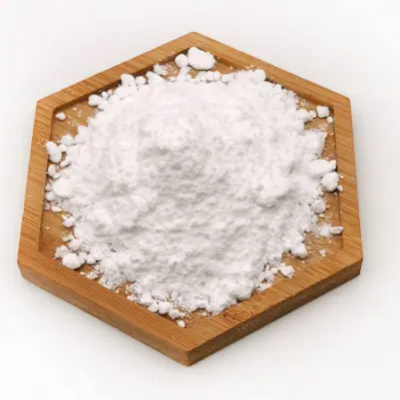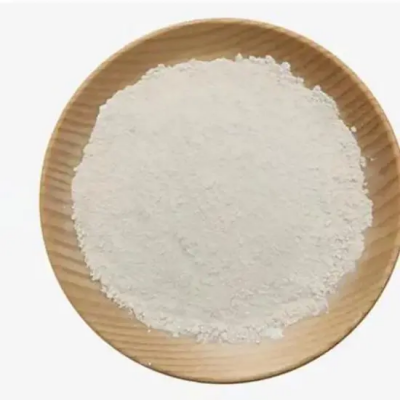Nitrotetrazolium Blue chloride CAS:298-83-9
In biological and biochemical research, Nitrotetrazolium Blue chloride serves as a valuable tool for the detection and quantification of superoxide radicals, which play a crucial role in various physiological and pathological processes. Upon reaction with superoxide, NBT forms an insoluble blue formazan product, allowing researchers to visually assess the presence and distribution of superoxide within cell cultures, tissues, or whole organisms. This capability enables investigations into the involvement of superoxide radicals in diverse biological phenomena, including cellular signaling, host defense mechanisms, and oxidative damage. The chemical reactivity of NBT with superoxide radicals offers insights into the role of reactive oxygen species in health and disease, providing a means to investigate oxidative stress-related conditions such as cardiovascular diseases, neurodegenerative disorders, and inflammatory responses. Additionally, NBT's utility extends to the assessment of superoxide generation in experimental models of pathologies, contributing to the understanding of disease mechanisms and the development of potential therapeutic interventions targeting oxidative stress pathways. Furthermore, NBT's applications are not limited to basic research, as it has implications in clinical diagnostics, particularly in the evaluation of immune system function and inflammatory states. By visualizing superoxide production using NBT, researchers and clinicians can gain critical information about immune cell activities and aberrant oxidative processes associated with various diseases, thereby facilitating diagnostic and prognostic assessments. In conclusion, Nitrotetrazolium Blue chloride plays a pivotal role in biological and biochemical research, serving as a versatile tool for the detection and visualization of superoxide radicals. Its ability to produce a distinctive blue formazan precipitate upon reaction with superoxide facilitates investigations into oxidative stress, immunological responses, and disease states. The use of NBT contributes to a deeper understanding of the roles of reactive oxygen species in health and disease, with potential implications for the development of diagnostic tools and therapeutic strategies targeting oxidative stress-related conditions. Continued research and application of NBT will likely yield further insights into its utility and contribute to advancements in our understanding of redox biology and related pathological processes.



| Composition | C40H30ClN10O6+ |
| Assay | 99% |
| Appearance | white powder |
| CAS No. | 298-83-9 |
| Packing | Small and bulk |
| Shelf Life | 2 years |
| Storage | Store in cool and dry area |
| Certification | ISO. |





